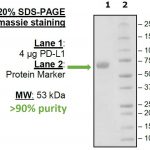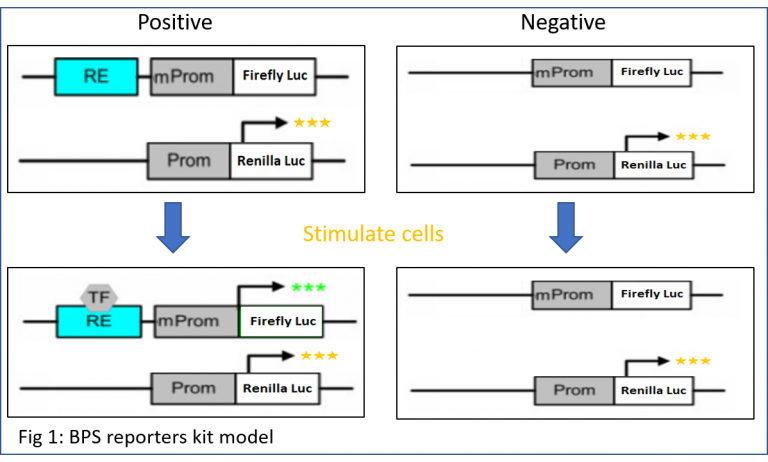The HiP™ (High Purity) distinction by BPS Bioscience starts, of course (as the name says), with a high purity level. But that’s not enough. Such pure proteins may aggregate, which is not compatible with binding assays. Thus, the HiP™ label also demands a low level of aggregation, or even none at all.
When researchers need to set up immunotherapy assays, HiP™ proteins deliver what they promise. They are soluble, functional and native proteins, which have passed BPS Biosciences’ rigorous quality control standards to ensure this high grade of quality:
- >90% of purity – monitored by SDS-PAGE and Coomassie blue staining
- <10% of aggregation – controlled by FPLC (Fast Protein Liquid Chromatography)
- Specific activity – revealed by reporter cell-based assays
66 proteins have already earned the HiP™ distinction. They are useful for binding assays and notably to screen inhibitors of a specific binding such as PD-1:PD-L1. For further in vivo studies, you might also be interested in cell-based assays tools such as the PD-1/NFAT reporter Jurkat cell line.
Any questions or comments? If you’d like to know more, leave me a message below, I’ll be pleased to get back to you!
 Interested in learning more about tools like this?
Interested in learning more about tools like this?
Subscribe to thematic newsletters on your favourite research topics.






